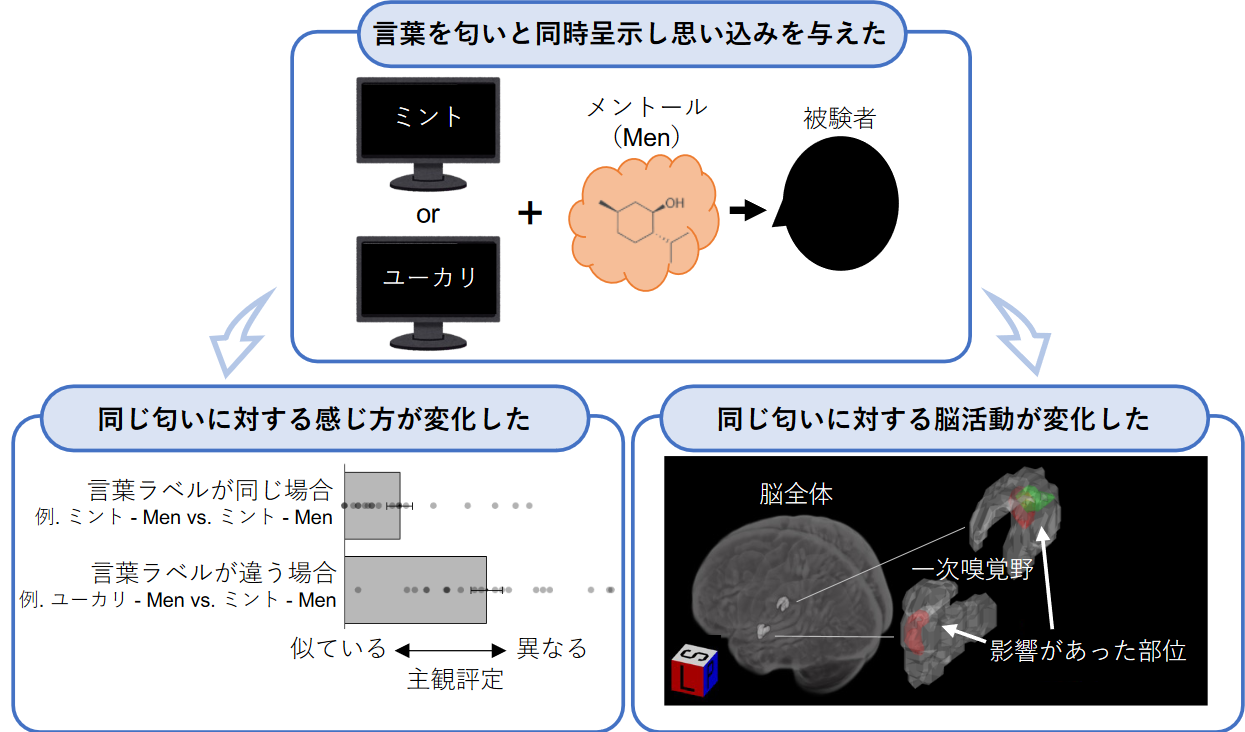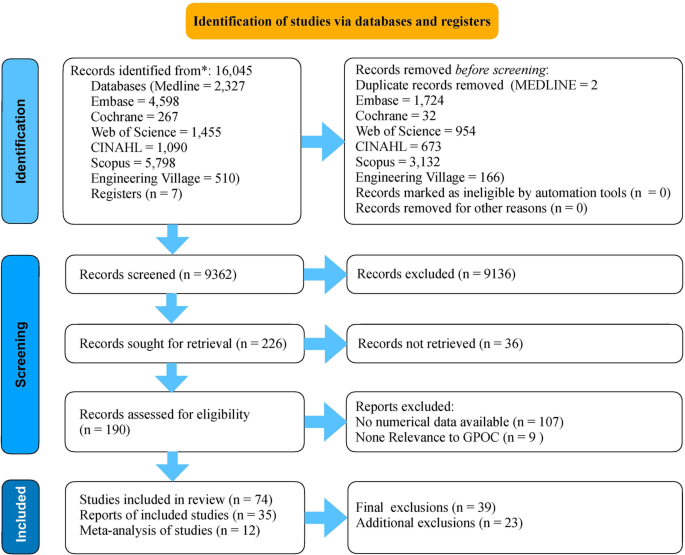2024-04-24 カーディフ大学
<関連情報>
- https://www.cardiff.ac.uk/news/view/2807999-finding-bat-roosts-no-longer-like-searching-for-a-needle-in-a-haystack
- https://royalsocietypublishing.org/doi/10.1098/rsos.231999
コウモリのねぐらの位置を推定するシンプルで迅速な方法 A simple and fast method for estimating bat roost locations
Lucy Henley,Domhnall Finch,Fiona Mathews,Owen JonesandThomas E. Woolley
Royal Society Open Science Published:24 April 2024
DOI:https://doi.org/10.1098/rsos.231999

Abstract
Bats play a pivotal role in pest control, pollination and seed dispersal. Despite their ecological significance, locating bat roosts remains a challenging task for ecologists. Traditional field surveys are time-consuming, expensive and may disturb sensitive bat populations. In this article, we combine data from static audio detectors with a bat movement model to facilitate the detection of bat roosts. Crucially, our technique not only provides a point prediction for the most likely location of a bat roost, but because of the algorithm’s speed, it can be applied over an entire landscape, resulting in a likelihood map, which provides optimal searching regions. To illustrate the success of the algorithm and highlight limitations, we apply our technique to greater horseshoe bat (Rhinolophus ferrumequinum) acoustic data acquired from six surveys from four different UK locations and over six different times in the year. Furthermore, we investigate what happens to the accuracy of our predictions in the case that the roost is not contained within the area spanned by the detectors. This innovative approach to searching rural environments holds the potential to greatly reduce the labour required for roost finding, and, hence, enhance the conservation efforts of bat populations and their habitats.


